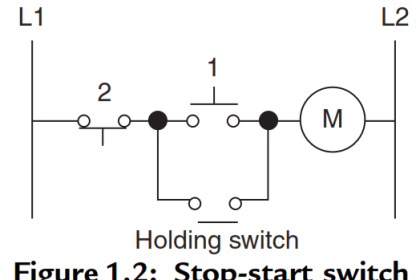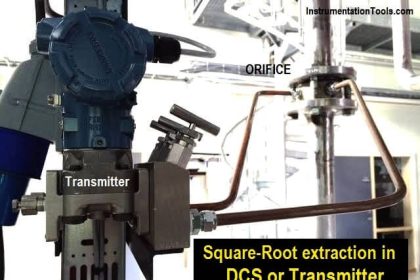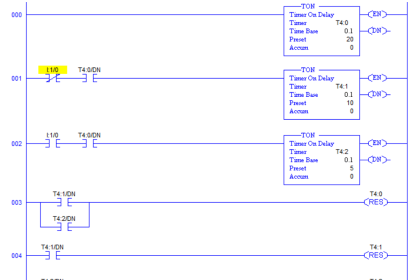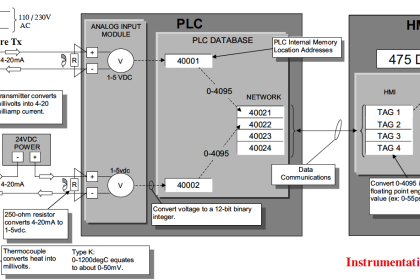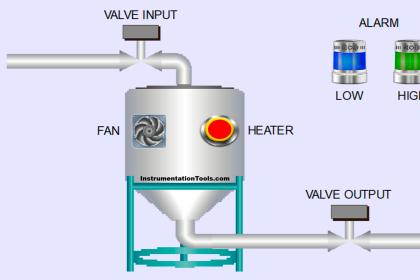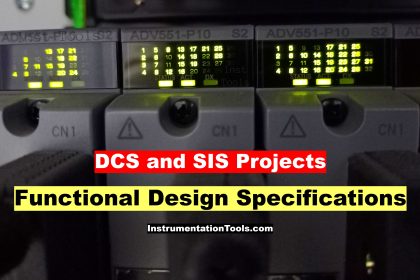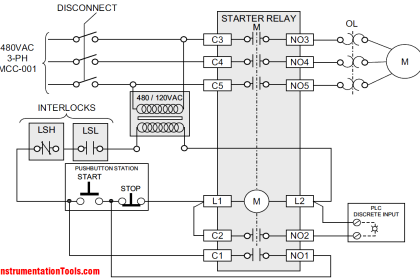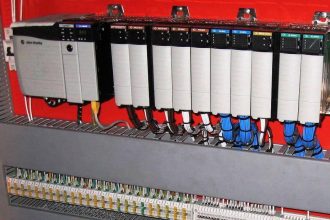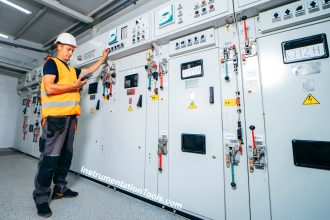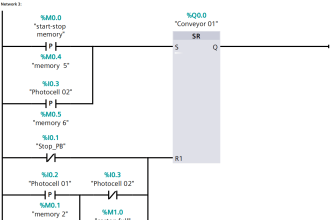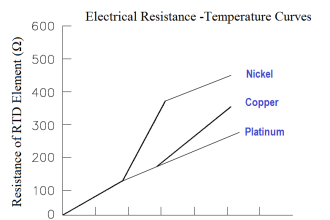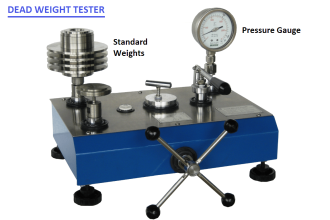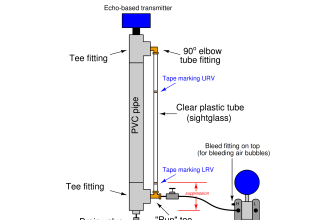In this post, we will see the checklist for commissioning an industrial automation system.
Commissioning is the process performed by an engineer to test, validate, run and then hand over the system to the end customer. It is a tricky cycle and requires proper communication skills, technical skills, site condition understanding, process knowledge, and tuning with the customer to hand over a system.
The question is not just to hand over, but it builds up a trust with the customer that the system purchased is performing according to their specifications and fulfilling their demand.
Industrial Automation Systems
Once the PLC electrical panel has been dispatched from a manufacturer’s factory, it is then ready for installation at the industrial site.
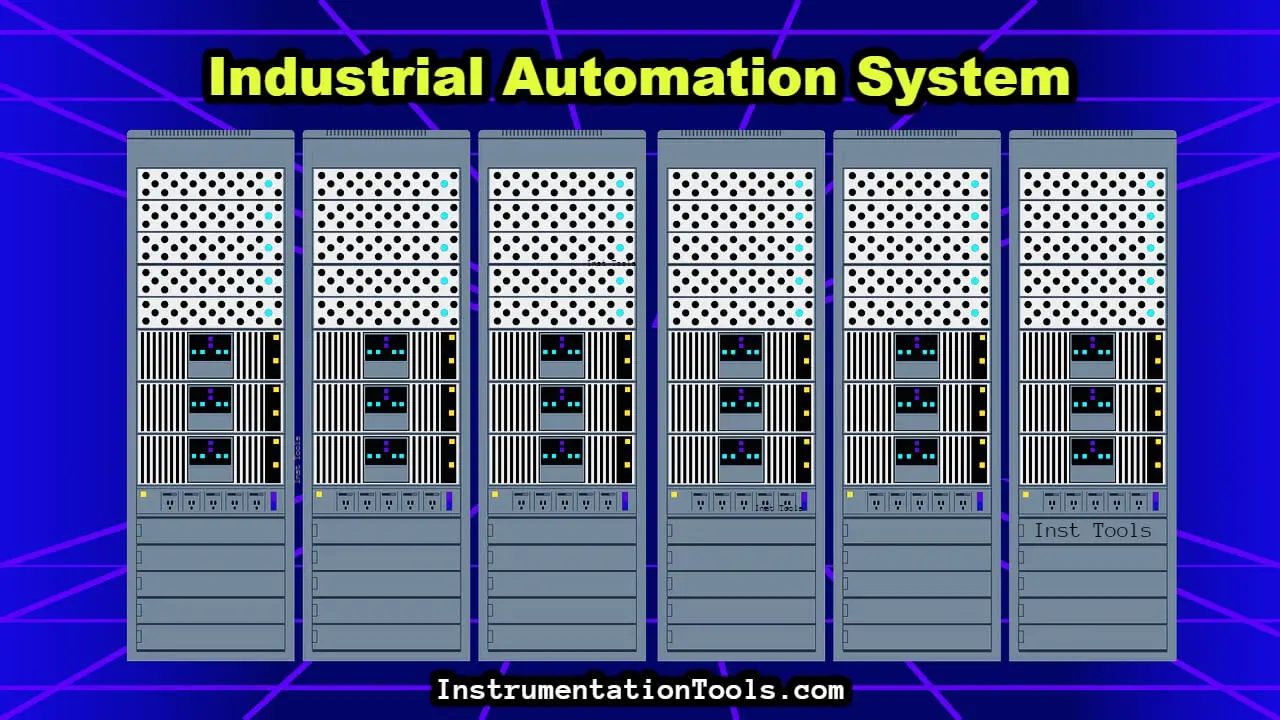
At the actual plant (site), the electrical panel is just not enough for the client to accept the machine. The overall working of the machine with actual process parameters will be considered for full acceptance.
The electrical panel is just a part of the system delivered; the whole machine is checked for proper performance. It is the job of the manufacturer to perform commissioning with the client and handover to them.
Commissioning Checklists
In this post, we will have a look at some of the basic general guidelines and checklists that must be considered for performing commissioning.
- Make sure you have installed all the remote IO devices properly at their designated position. Because PLC is all about inputs and outputs, any missing device or instrument or its improper placement in the plant layout will disrupt the performance of the system.
- Check whether all the cables are properly laid from a device to the panel.
- Perform Megger test of the motors and verify the earthing of the instruments and electrical panel.
- Checking the continuity of the wires is a must. The electrical part is a critical parameter and you need to ensure that there are no broken wires or any external damage to it.
- The civil structure (GA drawing) of the components is an important criterion to check.
- The fabrication and placement of each component must be checked properly so that it does not cause an accident.
- Availability of utility is a very important parameter to check. Without important utilities like water, steam, air, etc. it will not be possible to run the system and so; it is to be ensured that all these are ready and in place to start a system.
- Check the incoming voltage that will be given to the electrical panel.
- Also, note that the voltage between earth to neutral must be typically less than 0.5 V. This must be achieved to eliminate any possibilities of noise in the system.
- Check communication cable layout between PLC and HMI / SCADA / DCS.
- Ready all the necessary documents that are required for performing the commissioning steps. It includes electrical drawings, mechanical drawings, P&ID layout, BOM (Bill of Materials), control loops, power and signal cables, and other documents related to your system.
- Every industrial automation system has a test procedure developed to check the system stepwise. Make sure it is ready before starting the plant; as it covers all the conditions from start to end. This will make it easy for the engineer to run the system.
- Your team is working all over the plant to start and hand over the system properly. They will be located at different sites and areas of the plant according to the work assigned to them. So, the best coordination will be required between all of them and this requires a good communication network of cell phones and radios with the best available network. Distortion in communication will hamper the process a lot.
- Make sure to continuously involve the operators of the customer side with your team during the commissioning phase. Their availability and continuous support will make easy your task when you start the system. This is because, once they are familiar with the system before running, they will automatically adapt to the process when it is running and this will make your workload easier.
- Ensure that you have informed your vendor about your commissioning activity pre-planned; and not on short notice. Every person is working and is not free every time to sit for you and receive your call instantly. So, vendor readiness is a must criterion; as it will help them prepare for support and availability with prior notice.
In this way, we saw some general checklist criteria and guidelines for performing commissioning for a PLC automation system.
If you liked this article, then please subscribe to our YouTube Channel for Electrical, Electronics, Instrumentation, PLC, and SCADA video tutorials.
You can also follow us on Facebook and Twitter to receive daily updates.
Read Next:
- PLC Wiring Diagrams
- Electrical Wiring Diagram
- 4-20 mA Transmitter Wiring
- Why 24 Volts DC Power Supply?
- Interposing Relay Panel Wiring
